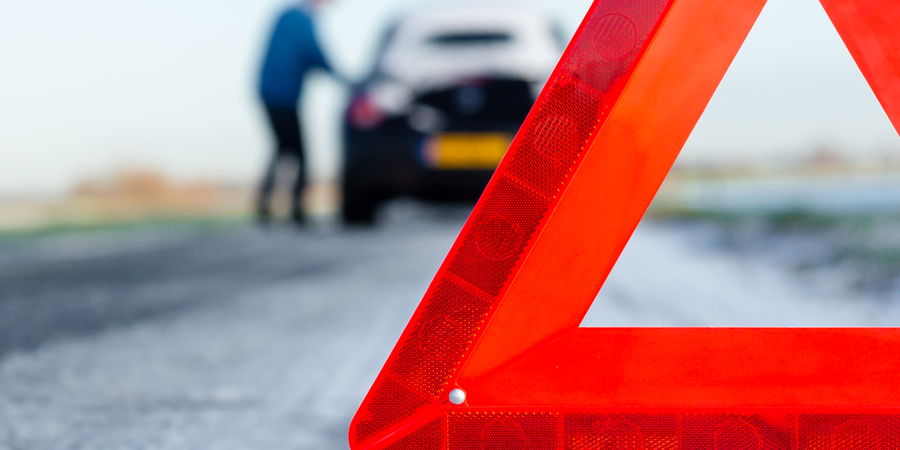

June 2, 2021

The winter months can be some of the most dangerous months to take to roads all across the United States, and particularly in northern climates. Even when snows aren’t falling, dipping temperatures can turn any bit of moisture into black ice, which can spell disaster for even the safest of drivers.
While it’s always important to have your vehicle fully covered in California by a car insurance provider, it’s these winter months that can show you exactly why. These winter accidents often lead to thousands in property damage and injuries, sometimes severe.
With the right car insurance coverage, you have peace of mind that finding yourself in an accident is something you can overcome with the assistance of your policy provider.
The best way to avoid winter car accidents is to know the most common causes of these accidents and to know when to be on higher alert while you take to local roads. If you’re aware of what to look out for you know when you may be finding yourself in a potentially precarious situation.
While finding yourself in two feet of snow might not be an issue if you’re living in the deep south, it’s a big reality in the northeast. Adversely, while a thick winter fog rolling in might not be common in the north, it’s a serious hazard in southern states. Some of the most common causes of winter car accidents throughout the United States are:
1.- Hydroplaning – When winter snow blankets an area it leaves a lot of standing moisture on frozen or partially frozen ground. If that snowfall is followed by a couple of days of warmer weather, the melt can lead to ponding and pooling all over the roadways. While these pools may not look deep or dangerous at first, they can lead to hydroplaning as you drive over them at a higher rate of speed. While hydroplaning, it is common for one to lose control of their vehicle.
2.- Black ice – Black ice can occur at any point when moisture on the road meets freezing cold air. While one may be able to see a regular sheet of ice, black ice is so thin that it will look just like a damp roadway. Only when a vehicle drives onto it will the driver learn that it’s actually ice under their tires, not typical road moisture.
3.- Quick snowstorms – Snowstorms can be long, gentle, and come with plenty of warning, or they can blow through quickly. These “snow squalls” can drop a couple of inches of snow onto an area in a short period of time, stranding drivers trying to get to their destination or trying to make their way home.
With full coverage car insurance, you know that you’re protected no matter what seasonal roadway conditions may throw your way. If you’re interested in protecting your vehicle with a policy that works for you this winter season, contact our professionals at Panorama today.
Protect what matters most.
Home, Auto, Business & More.
Company
Contact
Panorama Insurance Agency 19302 Citronia Street Northridge, California 91324
